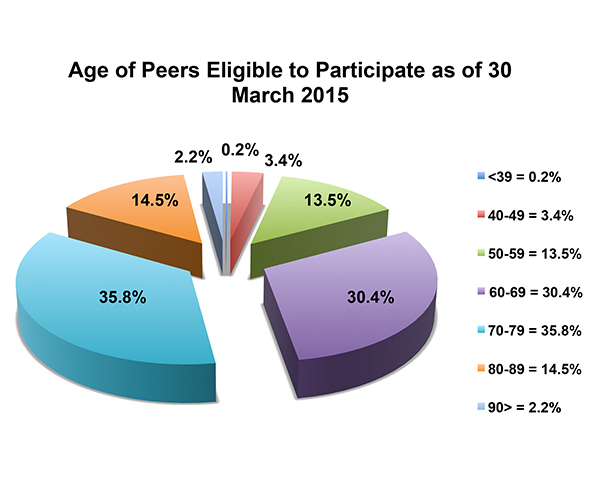
WELCOME TO THE HISTORY OF THE HOUSE OF LORDS
How do they become Peers?
With the exception of 92 hereditary Peers and 26 Lords Spiritual—Church of England Archbishops and Bishops—Members of the House of Lords are appointed by the Sovereign, on the advice of the Prime Minister. Before a Member can be formally introduced, a title has to be agreed and Members may not take their seat until they have received Letters Patent from the Monarch and a writ of summons, issued by direction of the Lord Chancellor from the Office of the Clerk of the Crown in Chancery.

Fig 1.

The membership of the House of Lords has changed over the last 100 years, first through the passing of the Life Peerages Act 1958, which enabled life peerages to be created, the Peerages Act 1963, which enabled women hereditary peers to sit in the House, and then through the House of Lords Act 1999, under which membership of the House by virtue of a hereditary peerage was restricted. Figure 1 shows the gross total membership of the House since 1911. It demonstrates the impact the creation of life peerages had upon the membership of the House. The sharp fall in the membership after 1999 was a result of the House of Lords Act 1999, and the removal of all but 92 of the hereditary peers.
